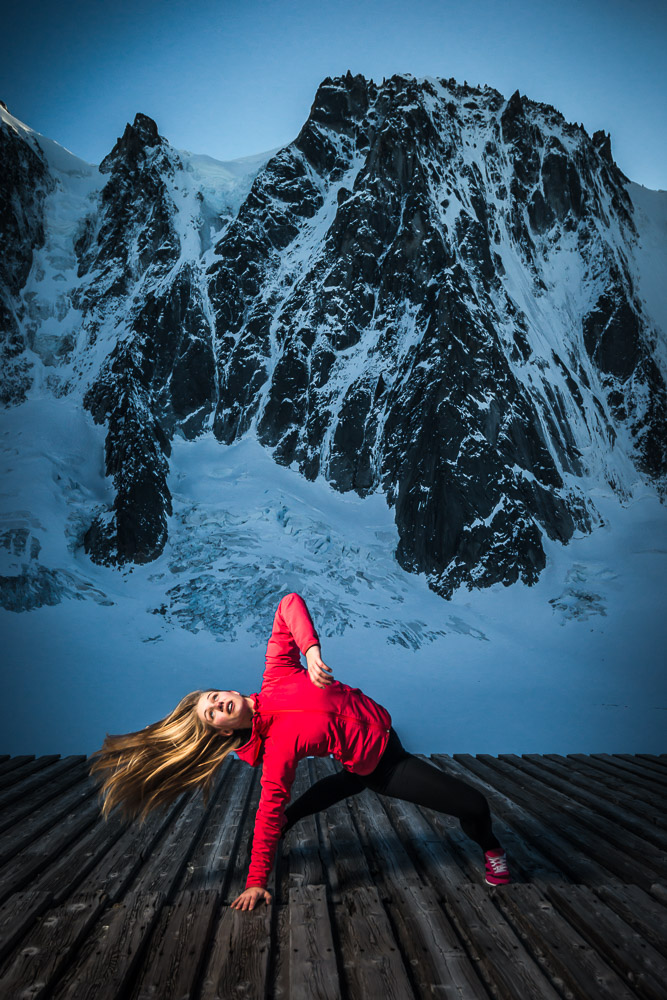nitro Sep 27, 2011
Intro to Photography Class
Better known as Reddit Photoclass
12 – Manual Focus
In the previous lesson, we talked about how to let the camera decide where to put the plane of focus. However, there are many situations where you might want to take over that important task and do it yourself.
The only practical way of focusing manually is via a ring on the lens. Sadly, manufacturers still haven’t agreed on which of the zoom or focus ring should be closer to the photographer, so there is no general rule, but those two rings should be found on any modern zoom lens. Most lenses and cameras require you to flip a physical switch to alternate between AF and MF. Some modern lenses also offer a very useful M/A mode: autofocus is used normally, but you can turn the manual focus ring at any point to override the camera and take control.
To achieve correct focus, you need a way of evaluating accurately how sharp your subject is. This means that you need to have a viewfinder large enough that small differences in focus will show. Sadly, most entry level DSLRs have tiny viewfinders, and this is one place where higher end bodies will make a clear difference. If you frame with liveview or an electronic viewfinder, you can often ask the camera to magnify the central area, thus allowing very precise focusing, the downside being the slowness of the whole process.
Even when you are in MF mode, the AF sensor will remain active and give you focus information. Just like the light meter tells you when it thinks you have achieved a good exposure in manual mode but lets you decide what to do with that information, the AF sensor will tell you when it thinks you have a well focused image, usually via means of a dot appearing in the viewfinder. Of course, you probably shouldn’t trust it entirely (if you do, save yourself the trouble and go back to autofocus), but it is still useful information to have.
It can make sense to use manual focus in the following situations:
- If your autofocus system is not up to par or if your subject is too complicated. This can happen for instance in cases where you have multiple objects at varying distances which could each equally well be your subject. The camera will try to guess which one you want to focus on, but it can’t read your mind. Focus and recompose in single AF mode can be useful here, but it is sometimes simpler to just switch to MF and take full control.
- More generally, as soon as you won’t want to focus on the obvious subject, switch to MF. For instance, you might be shooting a car race but want to focus on a detail of the road in front of the moving car. Chances are that your AF system will see this big thing moving fast into the frame and assume this is what you are interested in, losing the focus from the road.
- In street photography or other situations where your subject might be moving very fast and you only have a split second to get the shot, you can use MF to prefocus on the place where you expect the subject to appear. This is a favourite technique of Leica shooters in particular. To use it, you simply need to find an object at roughly the same distance than your expected subject, focus on it (wiuth either MF or AF), then go into MF mode and wait for the decisive moment.
- As we discussed yesterday, AF systems can’t work very well if there is not enough light. You probably won’t be able to manually focus precisely either, but you can use the distance scale found on all but the cheapest lenses, making an educated guess as to the distance to your subject. When the AF system “hunts” without any result (tries the whole range back and forth, then gives up), you should either switch to manual focus or abandon the image altogether.
- Finally, the last case is for careful tripod shots. With a good viewfinder or a magnified liveview, manual focus is much more precise than any autofocus system, so for those who want the absolute best out of their images, MF is a good option.
6 Comments
-
-
haha..
-
-
In the last photo with the girl and the mountain. The girl is not focused very precisely. The face, hands, and shoes reveal a lack of sharpness/detail.
Is this on purpose? Is the Plane of Focus set on the mountain instead?
-
hello humans ive been a photographer for about 5 minutes and it honestly feels great so fucking great you know ive been inspired but my dog you see she is a great photographer and well she was great ok and those 5 minutes of my goddam lonely ass life were fucking great.:)
thnak you very much for reading this 🙂
-
nice article, keep it up 😉
-
I wanna die



Yeeehaaa, no homework today, phew… 😀